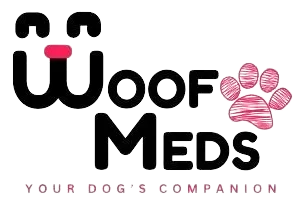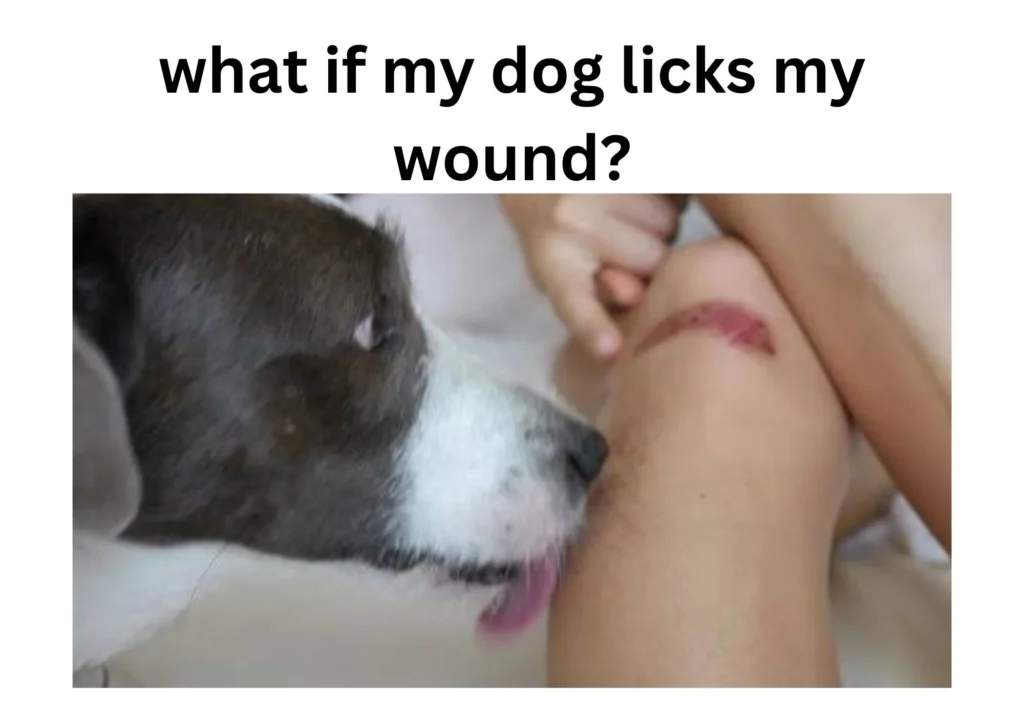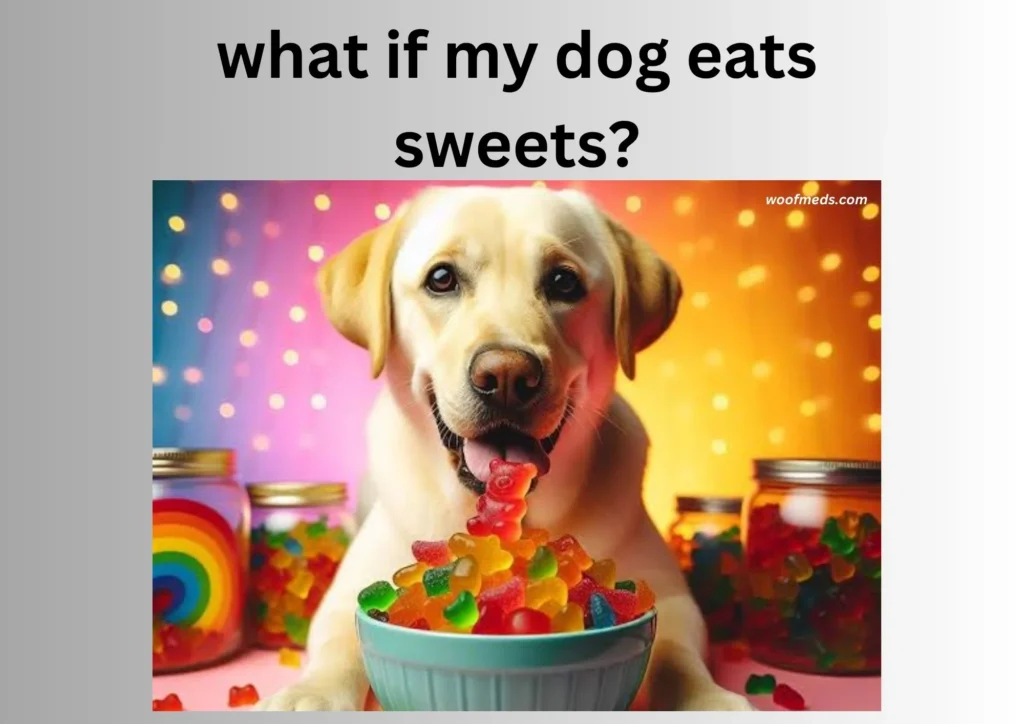Discovering that your dog has ingested plastic can be a distressing experience for any pet owner. Whether it’s a piece of packaging, a toy, or any other plastic item, the potential risks associated with plastic consumption by dogs are significant. Plastic can cause a range of health issues, from digestive blockages to toxicity, depending on the type and size of the ingested material. In such situations, knowing the appropriate steps to take is crucial for safeguarding your dog’s health and well-being.
In this article, we will outline ten important steps to take if your dog has eaten plastic. By understanding these steps and taking swift action, you can help mitigate the risks and ensure the best possible outcome for your furry friend. Let’s explore the essential measures to address the situation effectively and protect your dog’s health.
side effects and potential health complications
When a dog ingests plastic, it can lead to various side effects and potential health complications. The severity of these side effects depends on factors such as the type and size of the plastic consumed, as well as the individual dog’s size, age, and overall health. Here are some common side effects of dogs eating plastic:
- Digestive Upset: Ingesting plastic can irritate the gastrointestinal tract, leading to symptoms such as vomiting, diarrhea, abdominal discomfort, and excessive drooling. These symptoms may occur shortly after ingestion or within a few hours.
- Obstruction: One of the most significant risks associated with dogs eating plastic is the potential for gastrointestinal obstruction. Larger pieces of plastic or items with irregular shapes can become lodged in the esophagus, stomach, or intestines, blocking the passage of food and causing a life-threatening condition. Symptoms of obstruction may include abdominal pain, bloating, constipation, lethargy, and loss of appetite.
- Perforation: Sharp or pointed plastic objects can cause internal injuries if they puncture the digestive tract. Perforation of the esophagus, stomach, or intestines can lead to severe abdominal pain, fever, vomiting of blood, bloody stool, and signs of shock. Perforation requires immediate veterinary attention and may necessitate surgery to repair the damage.
- Toxicity: Some types of plastics may contain toxic substances or chemicals that can leach into the dog’s system when ingested. These toxins can cause a range of symptoms depending on the specific chemicals involved, including vomiting, diarrhea, tremors, seizures, organ damage, and even death.
- Choking Hazard: Small or soft plastics can pose a choking hazard if swallowed whole or partially. Choking can obstruct the airway and lead to difficulty breathing, coughing, gagging, and respiratory distress. Immediate intervention is necessary to clear the airway and prevent suffocation.
- Secondary Infections: In cases of gastrointestinal irritation, obstruction, or perforation, dogs may be at risk of developing secondary infections or complications such as peritonitis (inflammation of the abdominal cavity) or sepsis (systemic infection). These conditions can be life-threatening and require urgent medical treatment.
- Behavioral Changes: In addition to physical side effects, eating plastic can also lead to behavioral changes in some dogs. Anxiety, stress, and discomfort associated with ingesting foreign objects may manifest as changes in appetite, restlessness, pacing, or avoidance behaviors.
10 Important steps If your dog ate plastic
If your dog has eaten plastic, it’s essential to take immediate action to minimize any potential harm. Here are ten important steps to take:
- Assess the Situation: Determine the type and size of the plastic item your dog ingested. This information will be helpful when contacting your veterinarian or seeking advice.
- Check for Symptoms: Monitor your dog for any signs of distress or illness. Symptoms may include vomiting, diarrhea, abdominal discomfort, lethargy, loss of appetite, difficulty breathing, or straining to defecate.
- Contact Your Veterinarian: If you’re unsure whether the plastic your dog consumed poses a risk or if your dog is showing symptoms, contact your veterinarian immediately. Describe the situation and any symptoms your dog is experiencing for guidance on the next steps.
- Provide Water: Offer your dog fresh water to drink. Drinking water may help flush out the digestive system and alleviate any discomfort.
- Do Not Induce Vomiting: Unless instructed to do so by your veterinarian, avoid attempting to induce vomiting in your dog. In some cases, inducing vomiting can cause additional complications, especially if the plastic item is sharp or large.
- Observe Behavior and Appetite: Keep an eye on your dog’s behavior and appetite. Changes in behavior or a refusal to eat may indicate underlying issues that require veterinary attention.
- Restrict Access to Further Plastic: Prevent your dog from consuming additional plastic by removing any remaining plastic items from their reach. Secure trash bins, tidy up any plastic packaging, and keep household items containing plastic out of your dog’s reach.
- Follow Veterinary Advice: Follow any instructions or recommendations provided by your veterinarian. They may advise you to monitor your dog at home, bring them in for evaluation, or seek emergency treatment based on the severity of the situation.
- Prevent Future Incidents: Take steps to prevent your dog from accessing plastic in the future. Keep plastic items securely stored away, supervise your dog closely, and provide plenty of safe toys and chew treats to satisfy their natural urge to chew.
How to prevent future incidences of dog eating plastic?
Preventing future incidents of your dog eating plastic involves proactive measures to minimize their access to plastic items and provide alternative forms of stimulation. Here are several strategies to help avoid future occurrences:
- Supervise Your Dog: Keep a close eye on your dog, especially when they are in areas where plastic items are present. Supervision allows you to intervene quickly if your dog shows interest in chewing or ingesting plastic.
- Secure Trash Bins: Ensure that trash bins are securely closed or placed in areas that are inaccessible to your dog. Consider using bins with lids that latch shut or installing childproof locks to prevent your dog from rummaging through the garbage.
- Pick Up Plastic Items: Keep plastic bags, packaging, and other items out of your dog’s reach by promptly picking them up and disposing of them properly. This includes items such as plastic bottles, containers, packaging materials, and household items made of plastic.
- Store Plastic Items Safely: Store plastic items, such as food containers, utensils, toys, and household goods, in cabinets, drawers, or closets that are securely closed and inaccessible to your dog. Avoid leaving plastic items on countertops, tables, or other surfaces where your dog can reach them.
- Provide Safe Chew Toys: Offer your dog a variety of safe and durable chew toys to satisfy their natural urge to chew. Choose toys made of sturdy materials, such as rubber, nylon, or hard plastic, that are designed specifically for dogs and are less likely to break into small pieces.
- Rotate Toys Regularly: Rotate your dog’s toys regularly to keep them engaged and prevent boredom. Introducing new toys and rotating old ones helps maintain your dog’s interest and reduces the likelihood of them seeking out inappropriate items to chew on.
- Supervise Outdoor Play: When allowing your dog to play outdoors, supervise their activities to prevent them from picking up plastic items, such as discarded packaging or debris. Keep your yard clean and free of plastic litter to minimize the risk of ingestion.
- Provide Mental Stimulation: Keep your dog mentally stimulated and engaged by providing interactive toys, puzzle feeders, and enrichment activities. Mental stimulation can help prevent boredom and reduce the likelihood of your dog seeking out alternative sources of entertainment, such as chewing on plastic.
- Training and Management: Consider enrolling your dog in obedience training or behavioral classes to teach them appropriate chewing behaviors and reinforce commands such as “leave it” or “drop it.” Consistent training and positive reinforcement can help prevent unwanted behaviors, including chewing on plastic.
- Regular Veterinary Check-Ups: Schedule regular veterinary check-ups for your dog to monitor their health and address any underlying issues that may contribute to inappropriate chewing behavior. Your veterinarian can offer guidance and recommendations tailored to your dog’s individual needs.
Conclusion
In conclusion, preventing your dog from eating plastic requires a combination of vigilance, management, and proactive measures. By implementing strategies such as supervising your dog, securing trash bins, storing plastic items safely, providing alternative chew toys, and offering mental stimulation, you can minimize the risk of future incidents. Additionally, training your dog, scheduling regular veterinary check-ups, and maintaining a clean outdoor environment can contribute to a safer and healthier lifestyle for your furry friend.
Remember that prevention is key when it comes to protecting your dog from the dangers of ingesting plastic. By taking proactive steps to limit their access to plastic items and providing appropriate outlets for chewing and mental stimulation, you can help ensure their well-being and reduce the likelihood of emergencies related to plastic ingestion.
Ultimately, the safety and happiness of your dog depend on your commitment to providing a safe environment and meeting their physical and mental needs. With careful management and attention to detail, you can create a living space where your dog can thrive and enjoy a long, healthy life free from the risks associated with ingesting plastic.
FAQ
Q1: What should I do if my dog eats plastic?
A: If your dog eats plastic, it’s important to take action immediately. Monitor your dog for any signs of distress or illness, such as vomiting, diarrhea, or abdominal discomfort. Contact your veterinarian for guidance and follow their instructions. Do not attempt to induce vomiting unless instructed to do so by your veterinarian.
Q2: How can I prevent my dog from eating plastic in the future?
A: To prevent your dog from eating plastic, supervise them closely, secure trash bins, store plastic items safely out of reach, provide alternative chew toys, and offer mental stimulation. Training your dog, scheduling regular veterinary check-ups, and maintaining a clean outdoor environment can also help prevent future incidents.
Q3: What are the dangers of dogs eating plastic?
A: Dogs eating plastic can lead to various health complications, including digestive upset, gastrointestinal obstruction, perforation, toxicity, choking hazards, and secondary infections. Ingesting plastic can be life-threatening and requires prompt veterinary attention.
Q4: What should I do if my dog ingests a small piece of plastic?
A: If your dog ingests a small piece of plastic, monitor them closely for any signs of distress or illness. Contact your veterinarian for guidance, and follow their instructions. In some cases, the plastic may pass through your dog’s digestive system without causing harm, but it’s essential to remain vigilant and seek veterinary care if needed.
Q5: Can dogs digest plastic?
A: Dogs cannot digest plastic, and ingesting plastic can lead to serious health complications. Small pieces of plastic may pass through the digestive system, but larger pieces can cause obstruction, perforation, or toxicity, requiring immediate veterinary attention.



